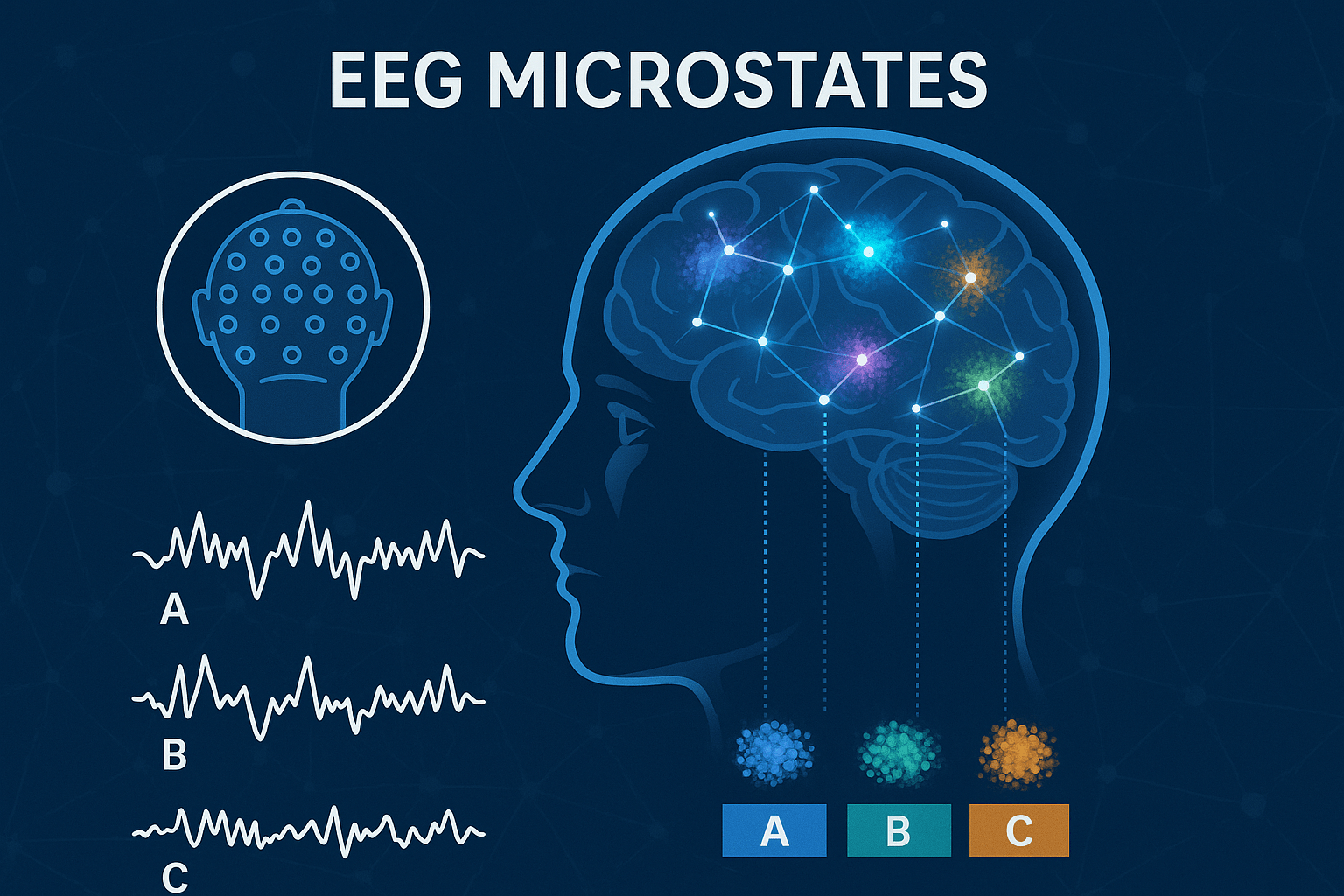
EEG Microstates
EEG microstates are brief periods—typically lasting 60 to 120 milliseconds—during which the scalp electrical field remains quasi-stable before rapidly shifting to a new configuration. They are thought to represent the transient activation of large-scale neural networks, often called the “atoms of thought,” reflecting discrete steps in the brain’s information processing. By segmenting continuous EEG signals into sequences of these stable topographies, researchers can explore the temporal organization of spontaneous brain activity. Microstate analysis provides insight into cognitive function, brain development, and various neuropsychiatric conditions, such as schizophrenia, depression, and dementia. In clinical neuroscience, microstates offer a non-invasive window into the brain’s dynamic functional architecture, allowing for characterization of network dynamics and detection of alterations associated with neurological disorders, including epilepsy.
People

Silvia Francesca Storti
silviafrancesca.storti@univr.it

Edoardo Paolini
edoardo.paolini@univr.it

